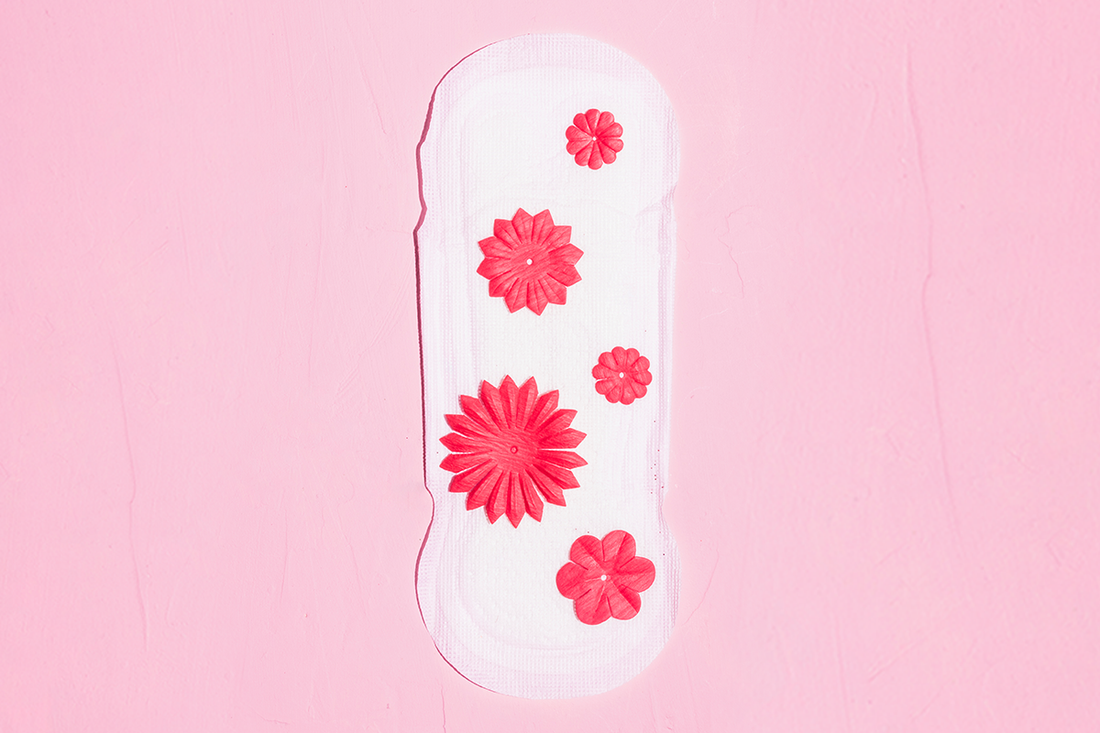Remember that the period is the shedding of the mucous membrane that lines the uterus. In this expulsion product of not having fertilized the egg in turn, is released accompanied by blood and some proteins.
Sometimes the blood can accumulate in the uterus before being expelled, thus forming blood clots. This is why they become visible during the menstrual period.
What should blood clots look like?
Generally, these clots have a thick or jelly-like appearance, with a very intense red color, usually darker than the bleeding. Remember that the first blood to be expelled is usually clear and towards the end of the period, it becomes darker because it is older or the last to be expelled.
The size should not be larger than the size of a coin. If you observe that they are larger in size and frequency, you should seek the opinion of a gynecological health expert.

Protection during menstrual cycles despite clots
Clots should not be an obstacle to adequate protection, there are highly absorbent pads on the market, but if you are looking for comfort and health, ecological pads are an excellent option.
If the use of conventional pads irritates you, menstrual panties will help you stay dry and protected despite clots. Their maximum security will benefit you as their cotton fabrics absorb much more.
When to consult a doctor?
- If the size of the clots is considerably large.
- When the bleeding is abundant and exceeds the time your period usually lasts.
- If you have pain, fever, and fainting.
- When you are not sure if you might be pregnant.
- If you notice any strong, unpleasant odor in the bleeding.

Some probable causes of heavy bleeding are accompanied by clots
When in doubt, it is advisable to consult with your trusted specialist. However, these are usually some pathologies associated with heavy bleeding and accompanied by clots larger than normal.
- Myomatous fibroids known as myomas are uterine growths, usually accompanied by clots and heavy bleeding.
- Endometriosis is when endometrial tissue grows outside the uterine cavity. The woman usually experiences very painful and heavy menstrual cycles.
- Adenomyosis is the name given to the presence of endometrial tissue in the muscular layer of the uterus, also associated with heavy and clotted menstruation.
- Hormonal problems are one of the causes of the appearance of clots in the menstrual period. These imbalances bring a lot of discomfort.
- Problems in the blood when the blood does not form clots as it should is known as Von Willebrand's disease.
- Other associated pathologies such as endometrial cancer, pelvic inflammatory diseases, and more common but equally severe cases such as ectopic pregnancy and miscarriage produce considerable bleeding that must be attended to in time.
Not all cases are to be feared. It is usually very normal if clots occur during menstrual bleeding. When in doubt, consult your doctor, and do not hesitate to go to the emergency room if it gets out of control.
If you want to know excellent quality products for your comfort during "those days," and also environmentally friendly, then theecowoman is the right place.


